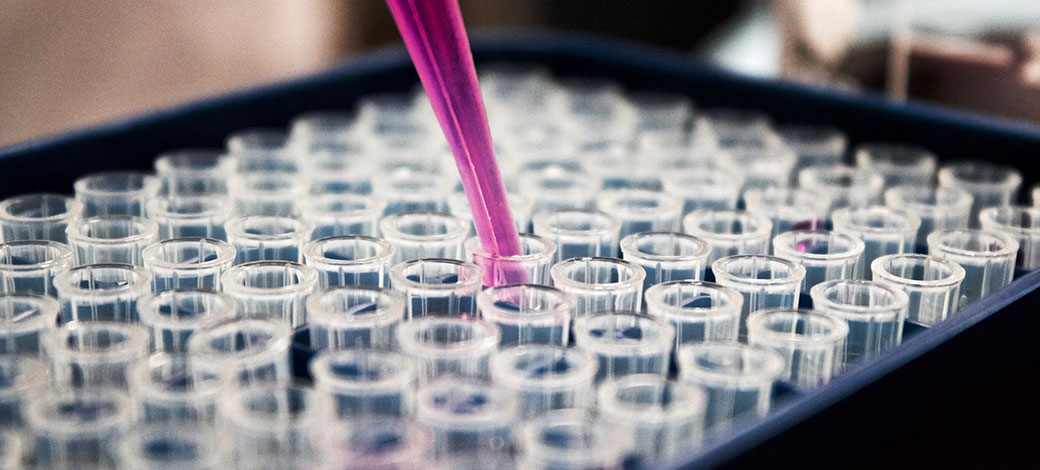National strategy for the development of the health economic-industrial complex (CEIS) published by the Federal Government
On September 26, 2023, Brazil’s Federal Government published the Brazilian Strategy for the Development of the Health Economic-Industrial Complex (CEIS). Through Decrees No. 11.714/2023 and No. 11.715/2023, the President of the Republic, Luiz Inácio Lula da Silva, established the main objectives of the initiative and created the Deliberative Committee and the Technical Evaluation Commission to integrate the project.
Since the beginning of the year, the Federal Government of Brazil has been organized, with the leadership of Health Economic-Industrial Complex Executive Group (GECEIS), to strengthen initiatives for the national production of key items for Brazil’s Unified Health System (SUS), as well as reducing Brazil’s dependence on inputs, medicines, vaccines, and other products. The idea is to reduce SUS’s vulnerability through the development and absorption of health technologies, aiming to strengthen universal access to health.
With the involvement of 11 ministries, the objective is impacting Brazilian society on various levels, such as creating new jobs consolidating research and developing technologies. Support for global initiatives is expected, especially in Latin America and Africa.
During the strategy’s presentation, six programs and instruments that structure the new measures were presented:
- Productive Development Partnerships Program (PDPs): establishing a reconstruction and stabilizing and market stability, the intention is to develop even more technology transfer partnerships with the private sector, with an estimate of attracting R$23 billion by 2026.
- Program for the Expansion and Modernization of the Health Economic-Industrial Complex Infrastructure: reconstruction and expansion of the CEIS based on measures of the Brazilian New Growth Acceleration Plan (New PAC, Novo PAC in Portuguese), which will allocate R$30.5 billion to health by 2026C, a fundamental measure for the other programs to be structured.
- Program for the Preparation of Vaccines, Serums and Blood Products: in order to consolidate Brazilian self-sufficiency in these products, also involving partnerships with the private sector.
- Program for Modernization and Innovation in Healthcare: specific focus on philanthropic entities, with the aim of promoting modernization and innovation in institutions of this type that provide assistance to the SUS.
- Local Development and Innovation Program: incentives for local initiatives in technological development and innovation, including Artificial Intelligence initiatives for disease detection.
- Program to Encourage the National Production of Health Technologies for Neglected Populations and Diseases: through initiatives whose main focus is combating socially neglected diseases, such as tuberculosis, dengue, schistosomiasis and leprosy.
The first two programs have already been part of Brazilian public policy since the late 2000s, which raises expectations of possible modifications/updates to their scope, criteria and procedures. The other four programs show the government’s efforts to expand initiatives in the health sector, bringing more transversal and permanent solutions.
With a planned investment of R$42 billion, it is expected that partnerships between the government and the private sector, mainly through the PDPs, will increase over the next few years, not only in the production of inputs that help prevent, diagnose and treat recurring diseases in Brazil such as tuberculosis, Chagas disease, viral hepatitis and HIV, but also with investments in tackling other public health problems such as chronic diseases, dengue fever, health emergencies and orthopedic trauma.
